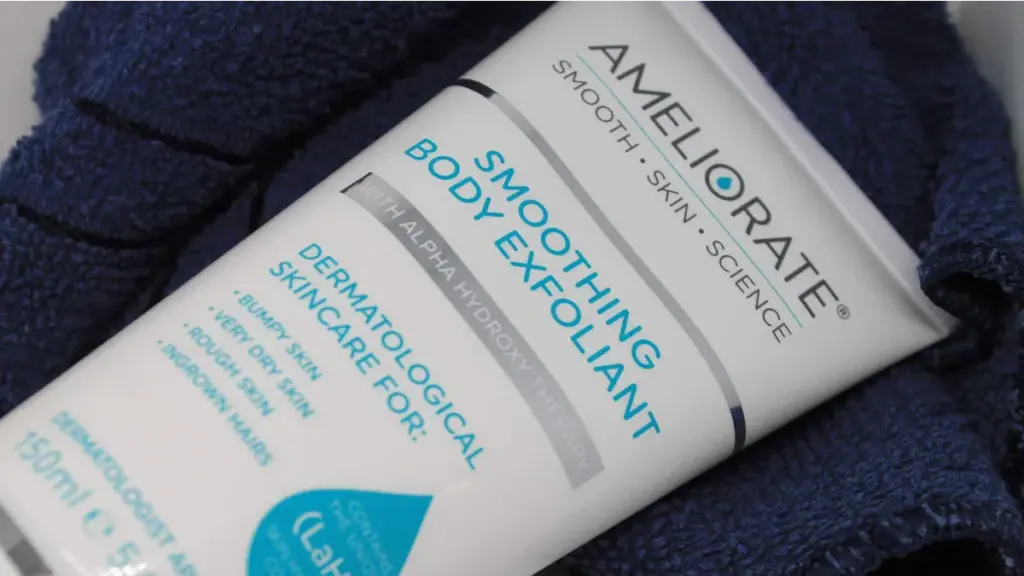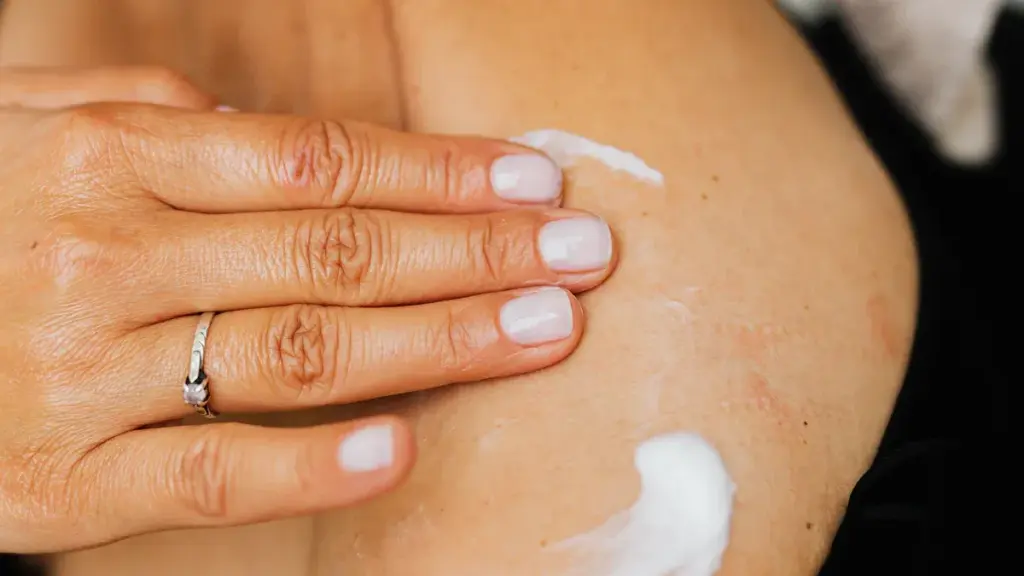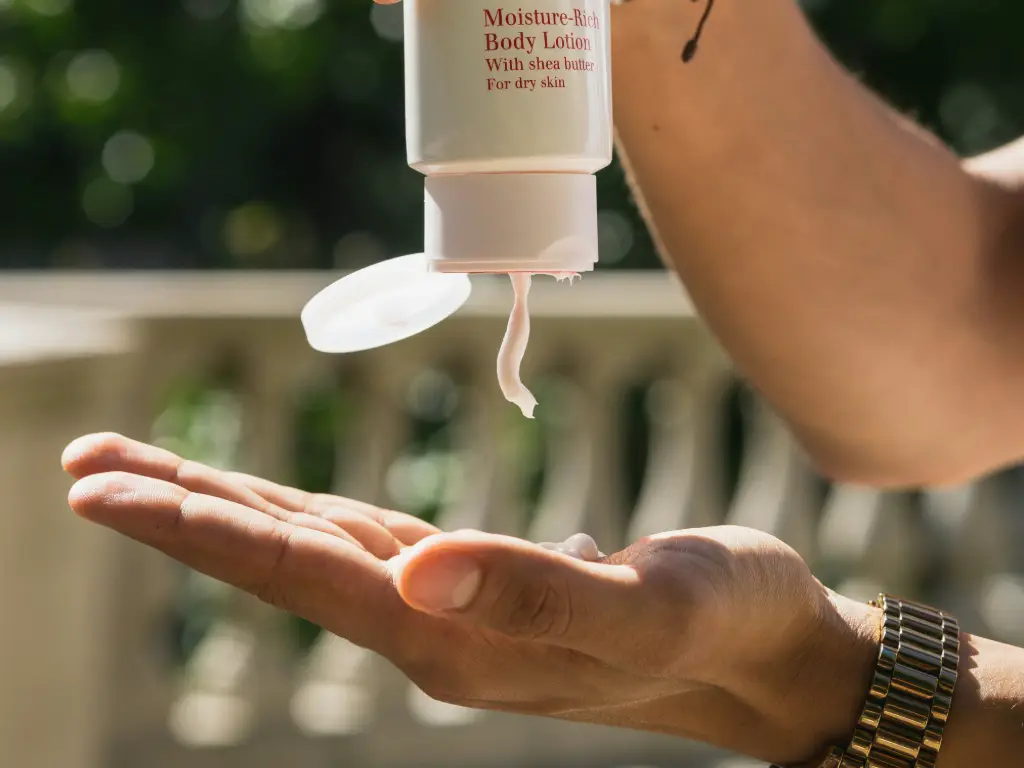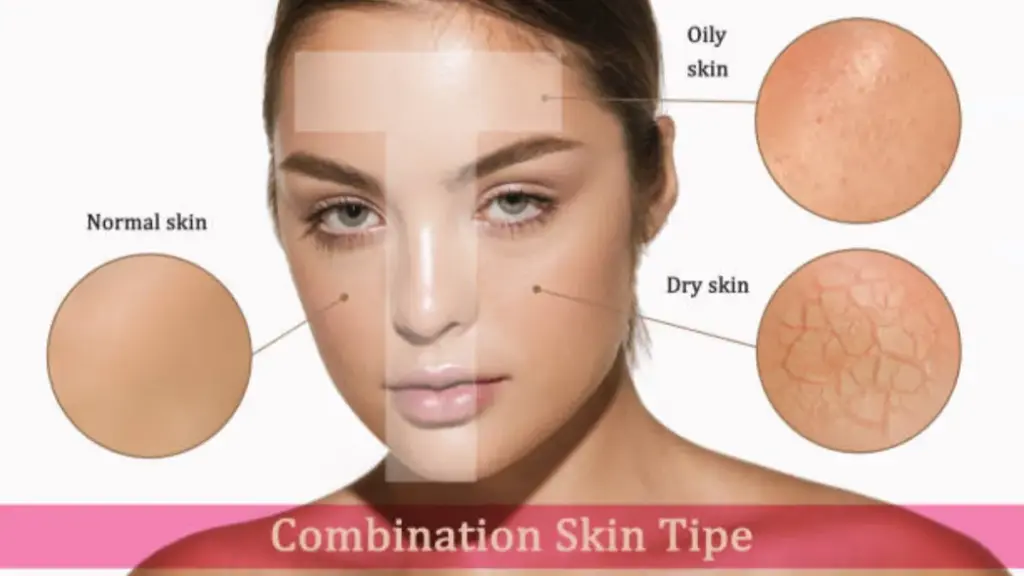Choosing the right skincare product can be confusing—especially when terms like lotion and moisturizer are used interchangeably. While both aim to hydrate the skin, they differ significantly in composition, purpose, and how they interact with various skin types. In diesem Artikel, we’ll scientifically break down the core differences between lotions and moisturizers and help you determine which is right for your skin.
What Is Moisturizer?

A moisturizer is a broad category of skincare products designed to increase water content in the skin and prevent transepidermal water loss (TEWL). Moisturizers typically contain a combination of three functional ingredient types:
- Humectants (Z.B., glycerin, Hyaluronsäure) to attract moisture
- Emollients (Z.B., squalane, Jojoba Öl) to soften and smooth
- Occlusives (Z.B., petrolatum, shea butter) to seal in hydration
Moisturizers come in various forms such as creams, balms, and ointments. They are especially effective for dry, dehydrated, or damaged skin, as they provide deep nourishment and long-lasting hydration.
What Is Lotion?

A lotion is a specific type of moisturizer that has a higher water content and lighter texture. It typically contains water, a small percentage of oils, and emulsifiers to bind the mixture together. Because of its thin consistency, lotion spreads easily and absorbs quickly, making it ideal for:
- Warm or humid climates
- Oily or acne-prone skin
- Quick daytime application
Lotion is often preferred for use on the body rather than the face, though formulations vary.
Key Differences Between Lotion and Moisturizer

While lotions and moisturizers are both formulated to hydrate the skin, their structure, usage, and performance differ significantly. Understanding these differences can help both consumers make better product choices and skincare brands develop more targeted solutions. Below are the six key areas in which lotion and moisturizer diverge, backed by formulation science and practical use cases.
Texture and Consistency
Lotions are typically water-based emulsions with a light, fluid consistency. They are easy to spread, absorb quickly, and leave little to no residue. Feuchtigkeitscremes, in contrast, are often thicker creams or ointments that feel richer on the skin. This difference is due to the oil-to-water ratio: lotions have more water and fewer oils, while moisturizers contain a higher proportion of emollients and occlusives, making them denser and more protective.
Ingredients and Formulation
Lotions generally contain:
- 60–80% purified water as a solvent
- Lightweight emollients (Z.B., isopropyl myristate, squalane)
- Small amounts of oils or silicones for smooth application
- Preservatives, mild emulsifiers (Z.B., glyceryl stearate), and humectants like glycerin or butylene glycol
Feuchtigkeitscremes, auf der anderen Seite, tend to include:
- Higher concentrations of occlusive agents such as petrolatum, mineral oil, or shea butter
- Richer emollients like lanolin, cetyl alcohol, or natural plant butters
- Advanced functional ingredients such as ceramides, Niacinamid, or panthenol to help restore the skin barrier
- Occasionally lower water content to ensure long-lasting hydration
These formulation differences impact product stability, feel, and function. Zum Beispiel, lotions are ideal for hot climates due to their lightness, while moisturizers offer deep hydration in dry environments.
Absorption and Skin Feel
Lotions absorb rapidly, making them ideal for daytime use or quick application. They provide immediate surface hydration but often evaporate faster due to their water content. Moisturizers absorb more slowly, creating a barrier that locks in moisture for hours. They can leave a slightly occlusive or dewy finish, which is beneficial for dry or aging skin but may feel too heavy for oily or acne-prone types.
Packaging and Shelf Life
Lotions are often packaged in pump bottles or squeeze tubes, minimizing air exposure and microbial contamination. Feuchtigkeitscremes, especially thicker creams or balms, are frequently jar-packed, which can introduce hygiene concerns if not handled properly. Also, because lotions contain more water, they may require stronger preservative systems, whereas moisturizers—with higher oil content—are more stable but need careful packaging to maintain freshness.
Ideal Demographic and Seasonal Use
Lotions are popular among younger consumers, people with oily or acne-prone skin, and those living in hot or humid regions. Moisturizers are preferred by individuals with dry, empfindlich, oder reife Haut, and are often used during colder months or in low-humidity environments. Brands must consider this demographic and seasonal variation when developing product lines or private label offerings.
Lotion gegen Feuchtigkeitscreme: Quick Comparison Table
| Aspekt | Lotion | Moisturizer |
| Textur & Consistency | Leicht, fluid, fast-spreading | Dicker, creamier, offers longer-lasting coverage |
| Ingredients | High water content, fewer oils, minimal occlusives | Rich in oils, Weichmacher, and occlusives for deep hydration |
| Absorption & Feel | Absorbs quickly, leaves skin feeling light and fresh | Slower absorption, leaves skin soft, dewy, and protected |
| Verpackung | Typically in pumps or tubes; more hygienic; shorter shelf life | Often in jars; richer formula; higher contamination risk if not handled well |
| Best For | Oily or normal skin, younger users, humid or warm climates | Trocken, empfindlich, oder reife Haut; ideal for cold or dry environments |
| Primary Purpose | Surface hydration, daily lightweight moisture | Deep moisture retention, skin barrier repair, intensive care |
Common Misconceptions About Lotion vs Moisturizer

Many consumers assume lotions and moisturizers are interchangeable—but this isn’t always true.
- Myth #1: Lotion is always enough for dry skin – Not necessarily; dry or compromised skin often needs richer creams or ointments.
- Myth #2: Moisturizers are too heavy for oily skin – Modern formulations include non-comedogenic moisturizers suitable for all skin types.
- Myth #3: Using more product improves hydration – Overuse can clog pores or cause irritation; what matters is the correct formulation for your skin type.
Understanding the correct usage based on your needs is more important than simply choosing the lighter or heavier option.
How to Choose the Right Product Based on Your Skin Type

Choosing between lotion and moisturizer should be based on skin type, environment, and personal preferences:
- Oily or Acne-Prone Skin: Opt for oil-free or gel-based lotions with humectants like hyaluronic acid.
- Dry or Sensitive Skin: Use thick moisturizers with ceramides, shea butter, or petrolatum.
- Combination Skin: Layer lightweight lotions in the morning and richer moisturizers at night.
- Reife Haut: Look for anti-aging moisturizers with peptides, Niacinamid, and occlusive agents.
Für beste Ergebnisse, apply any product on damp skin to lock in hydration.
Want to Create the Perfect Lotion or Moisturizer for Your Brand?
As a professional private label skin care manufacturer, Oully has helped hundreds of brands develop lotion and moisturizer lines tailored to their customers’ skin types and market needs.
Whether you’re looking to:
- Create a lightweight body lotion for summer skincare
- Formulate a rich facial moisturizer for anti-aging benefits
- Launch a product line with clean, vegan ingredients
We provide GMP-certified manufacturing, benutzerdefinierte Formulierung, low MOQ, and in-house R&D to help your brand stand out. You’re also welcome to visit our factory to explore real production in action.
👉 Contact us today to get a free consultation and samples for your next skincare launch.
















